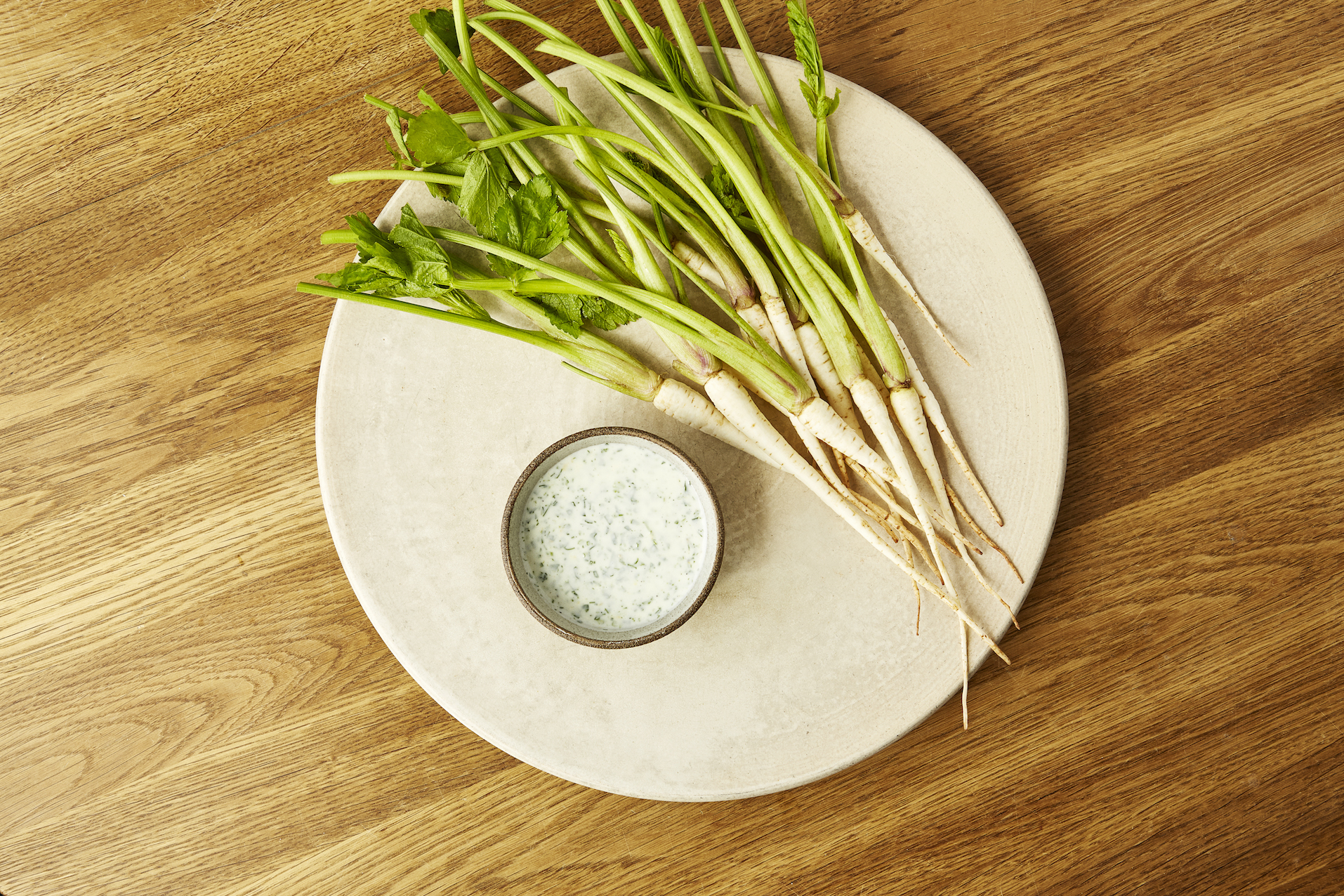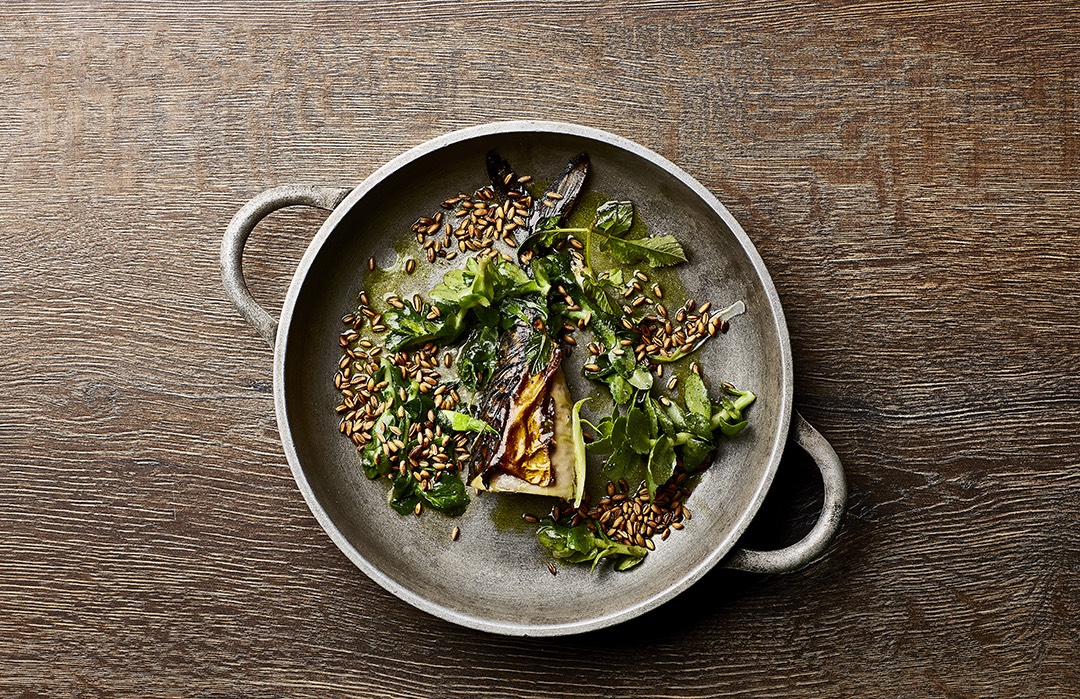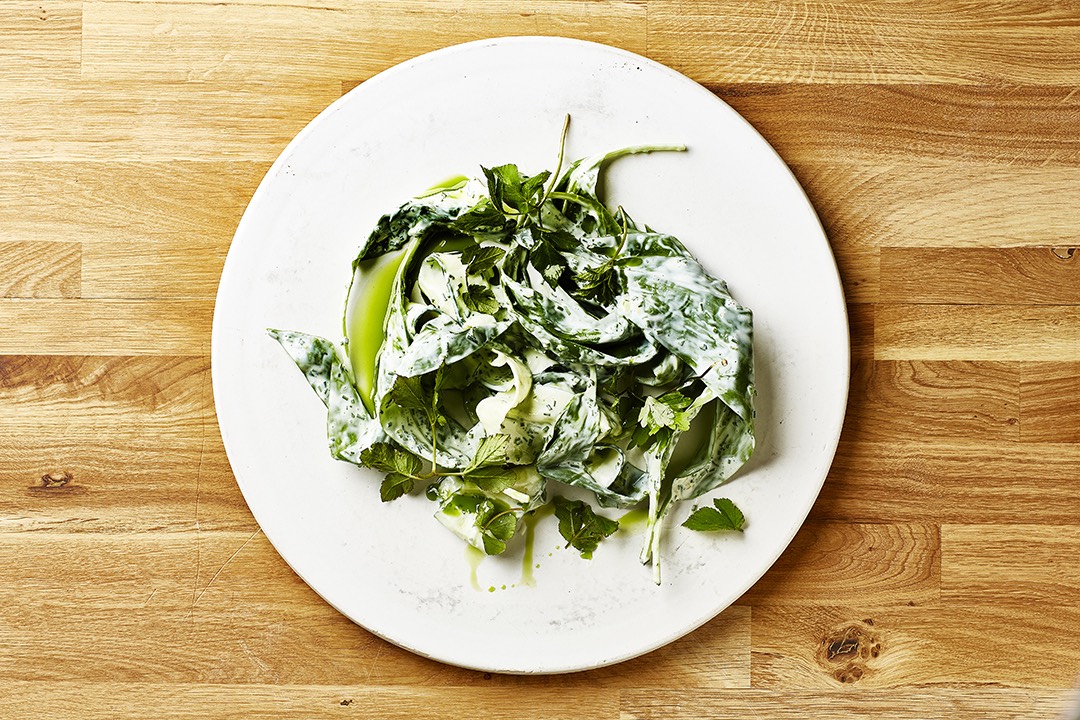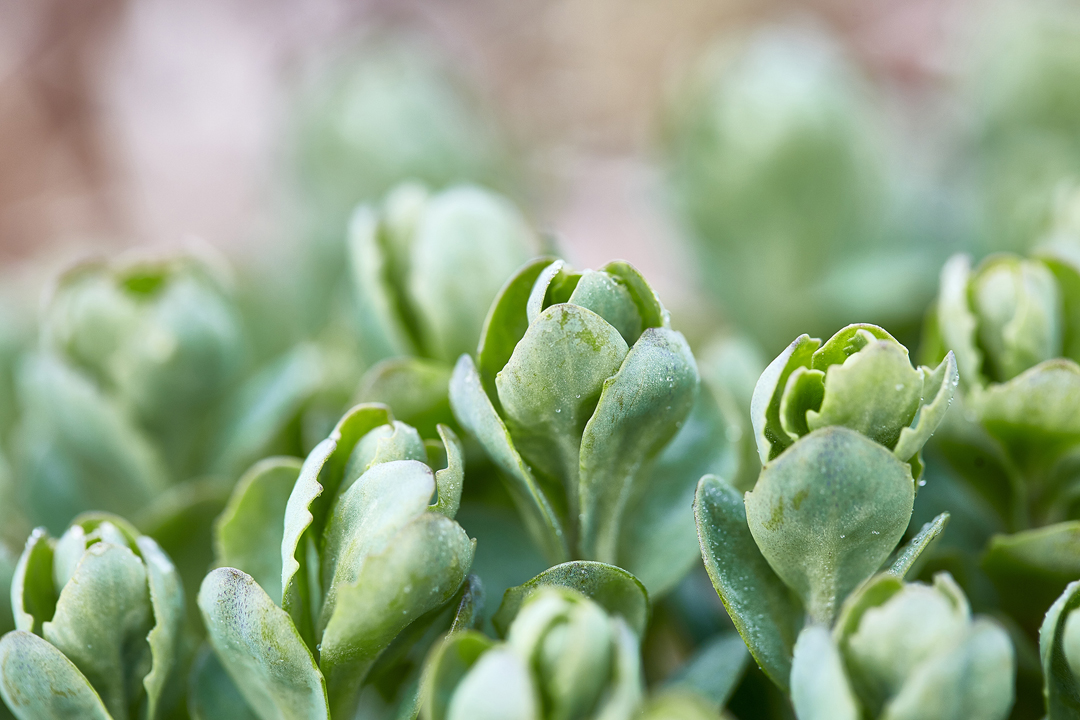
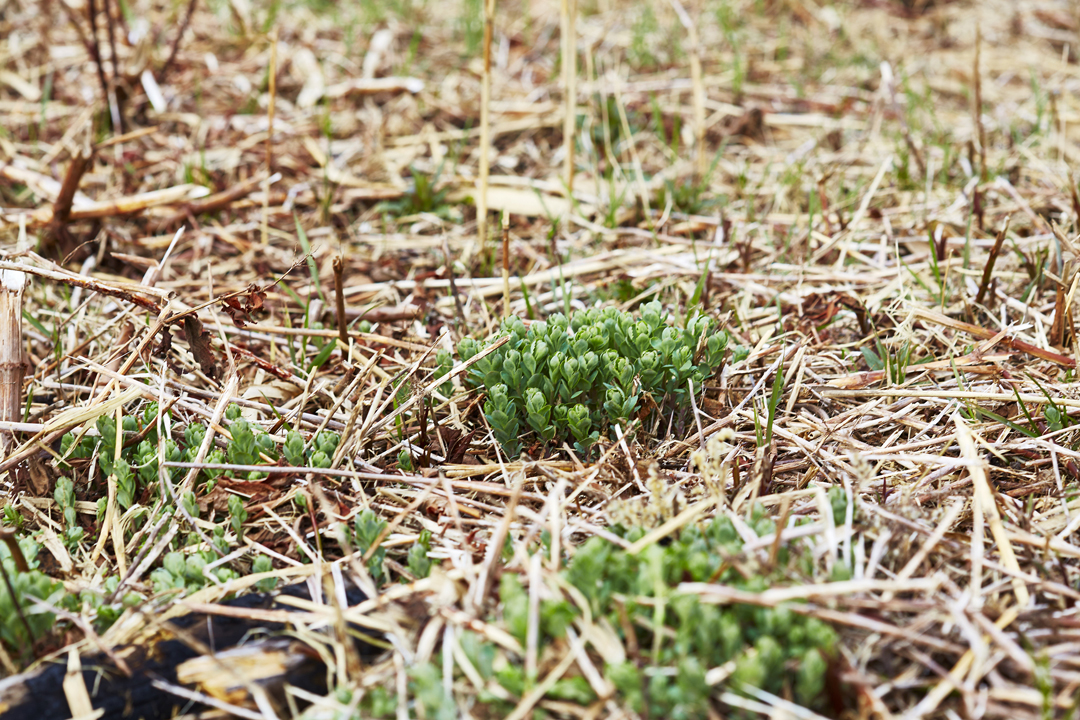
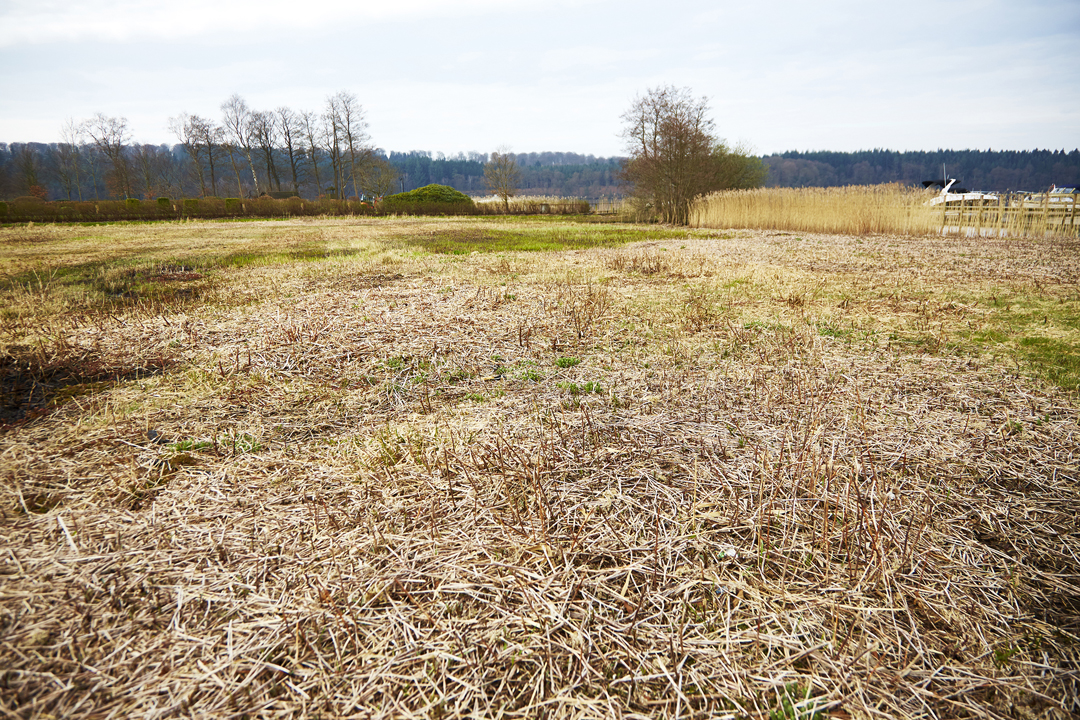

Orpine
Orpine is a common garden plant, but you can also find it growing wild in nature. It's a good edible plant to know because of its long harvest season and its appealing crispness.
-
Where to Find It
Orpine can thrive in many different landscapes. You can find it in forests and ditches, but it also fares well in dry conditions in rocky soil. Because its thick, succulent leaves allow it to retain water in full sun, it can flourish on the dry edges of woods, in salt marshes, or on south-facing slopes and hills where the sun's strong rays desiccate most other plant life.
Salt marshes, deciduous forests, coniferous forests, towns, hedges, roadsides, grasslands.
-
When to Find It
You can pick the leaves from April until October, and the flowers from June until October.
Leaves: April, May, June, July, August, September, October. -
How to Spot It
The orpine you find in nature has often crossbred with cultivated varieties, so it may vary slightly in shape and color. A succulent and fleshy plant that typically grows to be 30-80 cm tall, it is matte green in color with round or teardrop leaves that have soft teeth at the edges. On tall plants, the leaves grow individually up the stem, while on more bushy specimens they huddle in small, rounded bunches. The small flowers grow in large, broccoli-like flower heads that can vary in color from white to purple.
-
How to Pick It
Pick the leaves being careful not to damage the rest of the plant. Cut or clip off the flowers.
-
NB!
The Ministry of Environment and Food of Denmark recommend no consumption due to limited knowledge of content and risks. Studies of the above-ground parts rises no toxicological concerns.
Flowers: June, July, August, September, October.
Risk of misidentifying the plant
There is no risk of mistaking the plant for another dangerous or undesirable plant.



